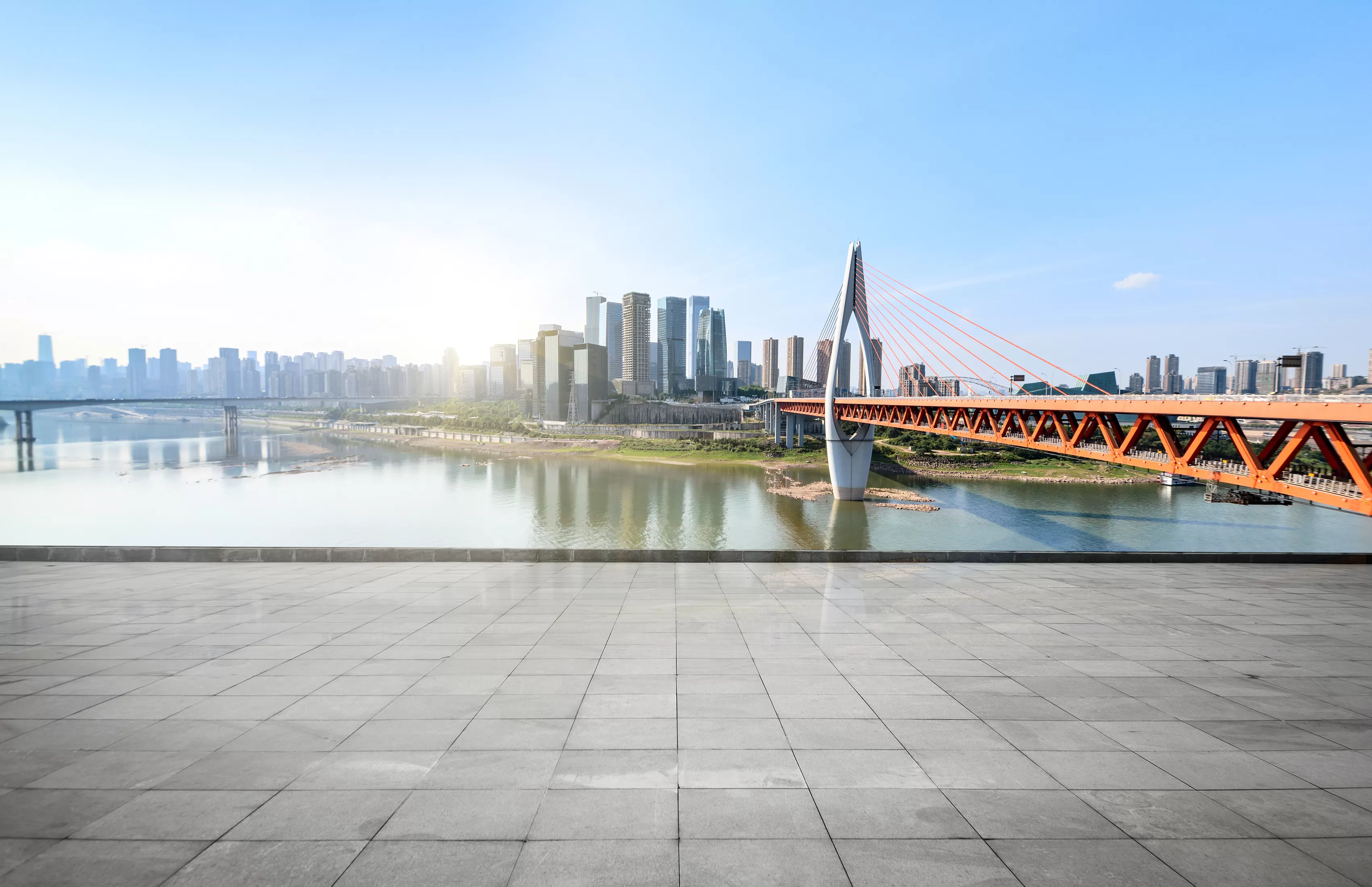5 Surefire ways to tackle last-mile delivery challenges using technology
So infuriating! I’m talking about that package delivery that never made it in time or simply just took forever to reach the doorstep. Customers always wonder what makes packages so late and if there is a reliable solution besides buying items way ahead of time. The good news is, there is a solution, and customers are becoming more and more aware of the companies that implement it. This has seen their shopping power go up as they become more confident of on-time delivery.
According to Digital Commerce 360, in 2020 alone, customers spent $861 billion on online shopping, a 44% rise from the previous year. Therefore, firms are adopting technological solutions to help them meet the growing needs of last-mile delivery otherwise they risk losing customers.

What is last-mile delivery?
Last-mile delivery refers to transferring ordered goods from shops, warehouses, or any other supply center to its landing place, usually the customer’s doorstep. The process of last-mile delivery generally has high costs and high expectations to meet the delivery timeframes. Therefore, some challenges that can ruin the whole customer experience arise in this phase of delivery.
Challenges that arise during last-mile delivery
No matter the situation, last-mile delivery often faces many challenges. Here are some of them:
High delivery cost
The costs are high for both the business and its customers. Companies have to set up infrastructure that can support timely deliveries, fleet operation costs, and expenses that arise when a first delivery attempt fails. High delivery costs have often led to some abandoning their goods when presented with extra shipping costs for the customers.
Unpredictable factors
There are factors that no one can see coming that can be a headache in the process of last-mile delivery. For instance, traffic jams, accident delays, roadblocks, and even a shortage of parking space can significantly delay deliveries when delivering to urban areas. This is more troubling when the goods to be delivered are large or heavy. Unforeseen weather changes are also another huge concern.
Late deliveries
Failure to meet the set timelines can be costly for your business and the shipping company. WIth 86% of customers willing to pay more for an excellent customer experience, you can be sure that they would never buy from a store again if their shipping services were unsatisfactory. This would mean all your marketing efforts would have gone down the drain and, what’s more, a bad reputation for your brand.
Although it appears like a pretty good idea to focus on human capabilities or local experience in supply chain and logistics, human intuition cannot be entirely relied on when it comes to delivery optimization. It’s always best to tackle this last leg of delivery with the right technology to make a good lasting impression with your customers.
Incorporating technology into last-mile delivery
The most common key performance indicator for supply chain and logistics is monitoring real-time performance and reducing costs, which can only be achieved through technology.
Tech adoption in supply chain and logistics may ensure timely deliveries with the first attempt. This is because it takes a multi-dimensional approach that factors in routes, employee abilities, traffic conditions, and the vehicle fleet mix to enable end-to-end supply chain and visibility. This includes the use of artificial intelligence, supply chain software, mobile computing solutions, and barcode scanners and readers to provide real-time notifications and ensure deliveries are met while keeping the costs as low as possible. A credible way to minimize delivery costs is to adopt effective software that enables you to track and measure your planning process.
Artificial Intelligence uses historical data and real-life challenges to enable route optimization through distribution models that use machine learning to improve the system continuously. Intelligent route planning factors in variables such as traffic, roadblocks, and accident delays. This aids in having an effective delivery route optimization plan. Companies need to adopt AI, Machine Learning, and Big Data to manage data and execute predictive intelligence swiftly to improve their response time and maintain a good reputation with their customers.
How technology has made last-mile delivery optimal
Variable load balancing
Supply chain and logistics costs are low and resources are optimally used through advanced software.
Smart parcel sorting
All addresses are sorted according to their geographical coordinates and grouped according to geographical zones for a quicker and effective first attempt delivery.
Real-time alerts and notifications
Real-time alerts provide peace of mind to both company and clients and help the business quickly resolve any problem.
Smart Mailboxes
This is an innovative solution that gives real-time monitoring, analysis, and reporting. An IoT-enabled mailbox works with a mobile app that sends notifications when a package arrives and helps protect it from robbery and harsh weather.
Sensors
Temperature-sensitive goods are now monitored remotely. Companies insert monitoring devices that will enable the shipper to adjust the temperature or humidity until the package arrives at its final destination.
Conclusion
Last-mile delivery has a lot of challenges ranging from high costs, transportation management to trackability. Incorporating technology into your business’ delivery system can effectively reduce these challenges and improve customer satisfaction. Satisfied customers will translate into a better profit this is fast becoming the primary brand differentiator, overtaking price and product.